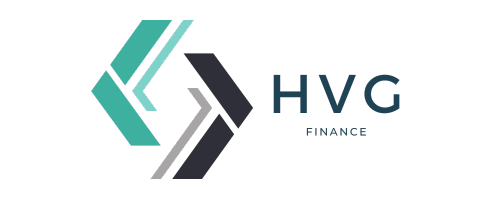In a financial landscape where borrowing is an essential aspect of personal and business growth, navigating the intricacies of low-interest loans can lead to significant savings and financial stability. The allure of minimal interest payments is not without its complexities, as the discerning borrower must understand the ins and outs of loan agreements, credit scores, and market conditions. This article delves deep into the world of low-interest loans, offering a roadmap for consumers and entrepreneurs alike to unlock the secrets of saving big on borrowed funds.
Navigating Low-Interest Loan Terrain
Navigating the terrain of low-interest loans begins with a clear understanding of what constitutes a ‘low-interest’ rate. It’s a figure that can fluctuate based on the Federal Reserve’s benchmark rates, economic conditions, and an individual’s creditworthiness. Identifying a low-interest rate means comparing available rates against the average for similar loan products. Research is vital – utilizing online comparison tools, visiting multiple financial institutions, and consulting with loan advisors can offer a panoramic view of the current loan landscape.
Understanding one’s credit score is paramount when searching for low-interest loans. Lenders use this score as a barometer for risk; the higher the score, the lower the perceived risk, leading to more favorable interest rates. It is essential for borrowers to review their credit reports regularly, correct any inaccuracies, and employ strategies to improve their scores, such as timely bill payments and maintaining a healthy credit utilization ratio. A strong credit history can unlock doors to the most competitive loan products.
Beyond the credit score, potential borrowers should look into the various types of loans available. Secured loans, typically backed by collateral, may offer lower interest rates compared to unsecured loans. It’s critical to weigh the risks of offering assets as collateral against the potential interest savings. Furthermore, exploring fixed-rate loans versus variable-rate loans can influence long-term savings, with fixed-rate options providing a predictable repayment plan unaffected by market volatility.
Maximizing Savings on Borrowed Funds
Maximizing savings on borrowed funds is not just about securing a low-interest rate; it’s also about understanding the loan terms’ impact on the total cost. It’s crucial to analyze the loan’s amortization schedule and to ascertain how much of each payment goes towards the principal versus interest. Borrowers can save significantly by choosing loans with no or low prepayment penalties, allowing them to pay off the loan faster and reduce the total interest accrued.
Another strategy to maximize savings is to consider shorter loan terms. While monthly payments might be higher, the total interest paid over the life of the loan can be drastically lower, leading to substantial overall savings. It’s an option that requires careful budget consideration, but when manageable, it can be a financially savvy move. Additionally, borrowers can look into loan features such as interest rate discounts for automatic payments or loyalty programs with financial institutions which can further reduce the cost of borrowing.
Refinancing existing loans when interest rates decline is another effective way to save. This strategy involves taking out a new loan with a lower interest rate to pay off a previous loan, reducing the amount paid in interest over time. However, it’s essential to consider refinancing fees and whether the new loan terms are beneficial in the long run. Adequate research and calculations are necessary to ensure that refinancing leads to genuine savings.
The journey to unlocking the secrets of low-interest loans and saving big on borrowed funds is paved with diligence, research, and strategic financial planning. Navigating this terrain requires a keen eye for market conditions, a robust credit score, and an understanding of loan types and terms. By maximizing savings through savvy loan term choices, refinancing, and taking advantage of available discounts, borrowers can transform their financial obligations into opportunities for growth and stability. The benefits of low-interest loans are within reach for those who are prepared to delve into the details and make informed decisions.
FAQ:
Q: How can I improve my credit score to get a low-interest loan?
A: Improving your credit score involves several steps: ensure that you pay your bills on time, keep credit card balances low relative to their limits (credit utilization), avoid opening numerous new credit accounts in a short period, dispute any inaccuracies on your credit report, and maintain a good mix of credit (installment loans, credit cards, etc.). These actions can build a positive credit history over time and lead to better loan terms.
Q: Is it better to choose a fixed-rate or variable-rate loan?
A: The choice between fixed-rate and variable-rate loans depends on your financial situation and risk tolerance. Fixed-rate loans offer stability with the same interest rate and monthly payments throughout the loan term, which is ideal if you prefer predictability and if current rates are low. Variable-rate loans can be initially cheaper but are riskier as rates can fluctuate with market conditions, potentially leading to higher payments over time.
Q: When is the best time to refinance a loan?
A: The best time to refinance a loan is generally when interest rates have dropped significantly since you took out your original loan, and you have a good credit score that qualifies you for the lower rate. Additionally, if your financial situation has improved and you can handle a shorter loan term, refinancing could save you money on interest. However, always consider refinancing fees and ensure the long-term savings outweigh any immediate costs.
